Choosing the right salt is crucial in cooking and baking because different types vary in density and processing, affecting the salinity and overall flavor of your dish. This article discusses why it's important and what you can do to make sure you are using the correct amount of salt in your everyday cooking!
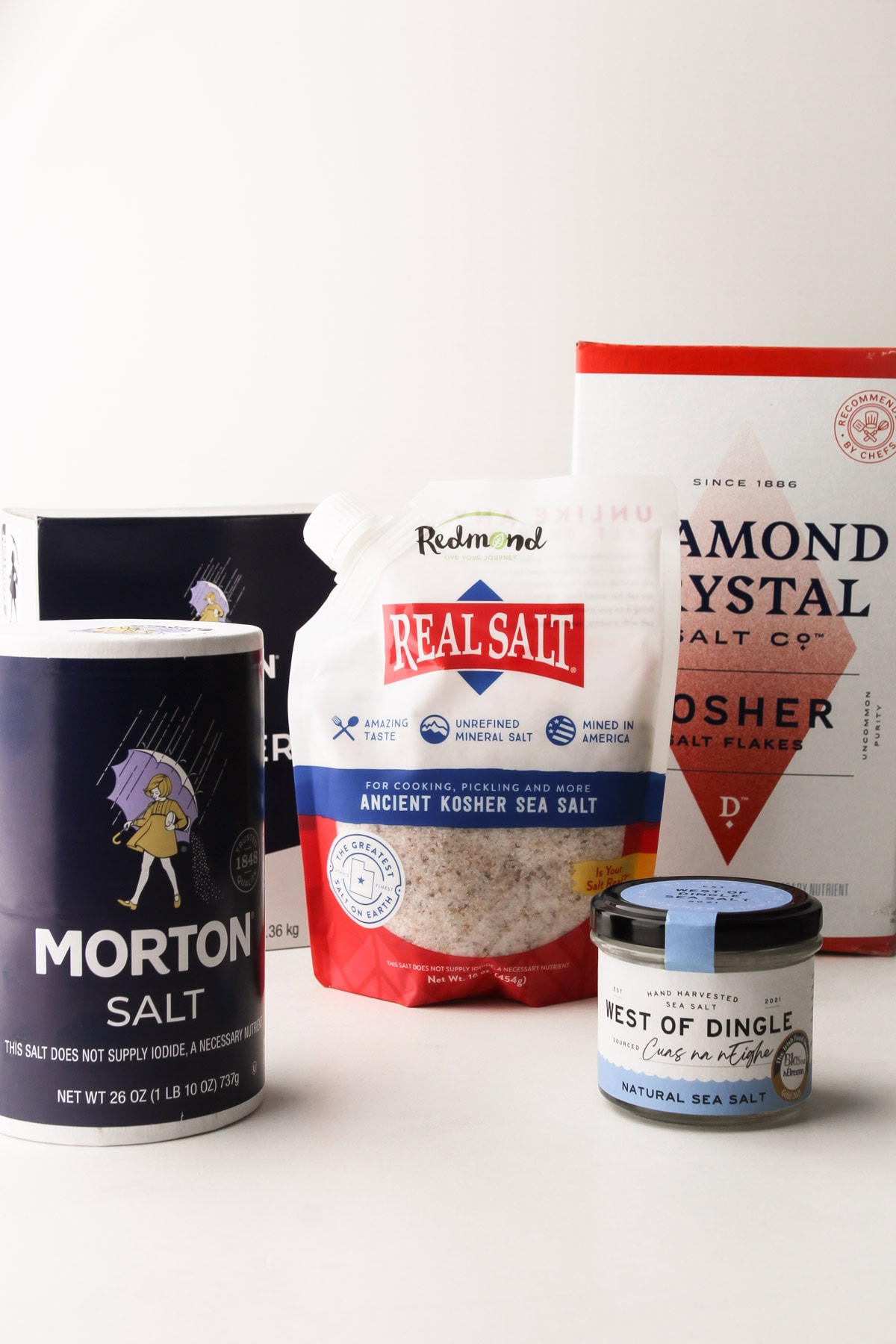
Want to save this recipe?
Enter your email & I'll send it to your inbox. Plus, get weekly updates from me!
Choosing the Right Salt: Why It Matters in Cooking and Baking
Salt is a crucial ingredient that we add to our food to enhance its flavor. While most people recognize the importance of salt in cooking, they often overlook the impact of the type of salt they use.
Beyond satisfying our biological need for its essential components (sodium and chlorine), salt enhances the taste of everything it touches, even in baking. Omit the minor amount of salt called for in a sweet recipe, and it just won’t “pop”. Conversely, add too much, and your sweet treat can turn inedible. So, we know it’s important!
But what nobody really talks about is that the type of salt you use can make a lot of difference! While all salt is essentially the same thing (sodium chloride that originates from our oceans and seas), how it is harvested and processed to its final form can impact how salty your dish turns out to be. There isn’t a single standard practice for producing salt. But the key characteristic of salt that really matters when it comes to successfully seasoning your food is its density.
The density of salt is particularly significant in baking and other recipes where precision is crucial. Whether you're using fine sea salt, table salt, or coarse flaky salt can impact the amount of salinity (or “saltiness”) you're adding in. Let’s talk about why and what to do to make sure you are using the correct amount of salt.
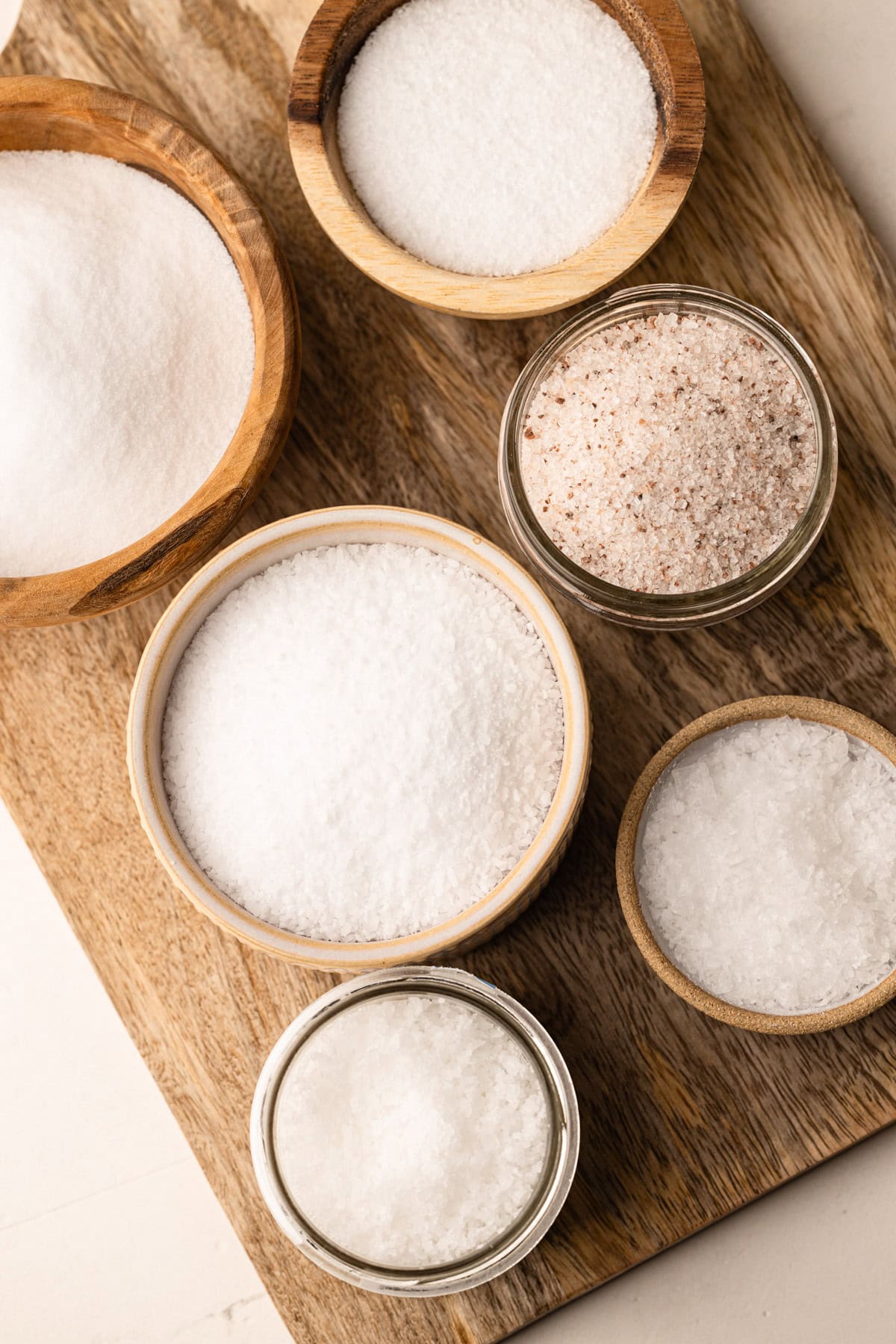
Types of Salt
Navigating the vast array of salt varieties can be overwhelming, given the many different names, colors, and textures of salt. To streamline this topic of salt usage for baking purposes, let's narrow our focus to two main types: fine (sea) salt and coarse (kosher) salt. Despite the wide array of options available, we, as bakers, can depend on identifiable brands and distinctive physical characteristics to ensure we're using the right amount.
Fine “Sea” Salt
Fine salt, which can be labeled as table salt or fine sea salt, is highly refined, resulting in a fine, uniform texture with regular cubic shapes. While typically clear or white, it can also be processed to produce various colors, such as pink Himalayan sea salt. Due to its small, uniform crystals, fine sea salt packs together tightly, increasing its density. Its small crystal size facilitates easy flow, making it particularly well-suited for baking recipes where salt needs to dissolve easily.
Coarse “Kosher” Salt
Like fine salt, coarse salt is also sourced from the sea and may be labeled as coarse kosher salt, kosher salt flakes, sea salt flakes, or any variation of those terms. For it to be specifically labeled “kosher,” the salt must be processed and packaged following strict Jewish guidelines. Coarse salt features large, irregular flaky crystals. Many cooks, myself included, prefer this type of salt for its ease of handling—it's easier to pick up with your fingers and to gradually layer seasoning onto a dish. Additionally, coarse salt adheres more readily to food surfaces. As a result, coarse kosher salt is highly valued in the kitchens of serious cooks and in many restaurants.
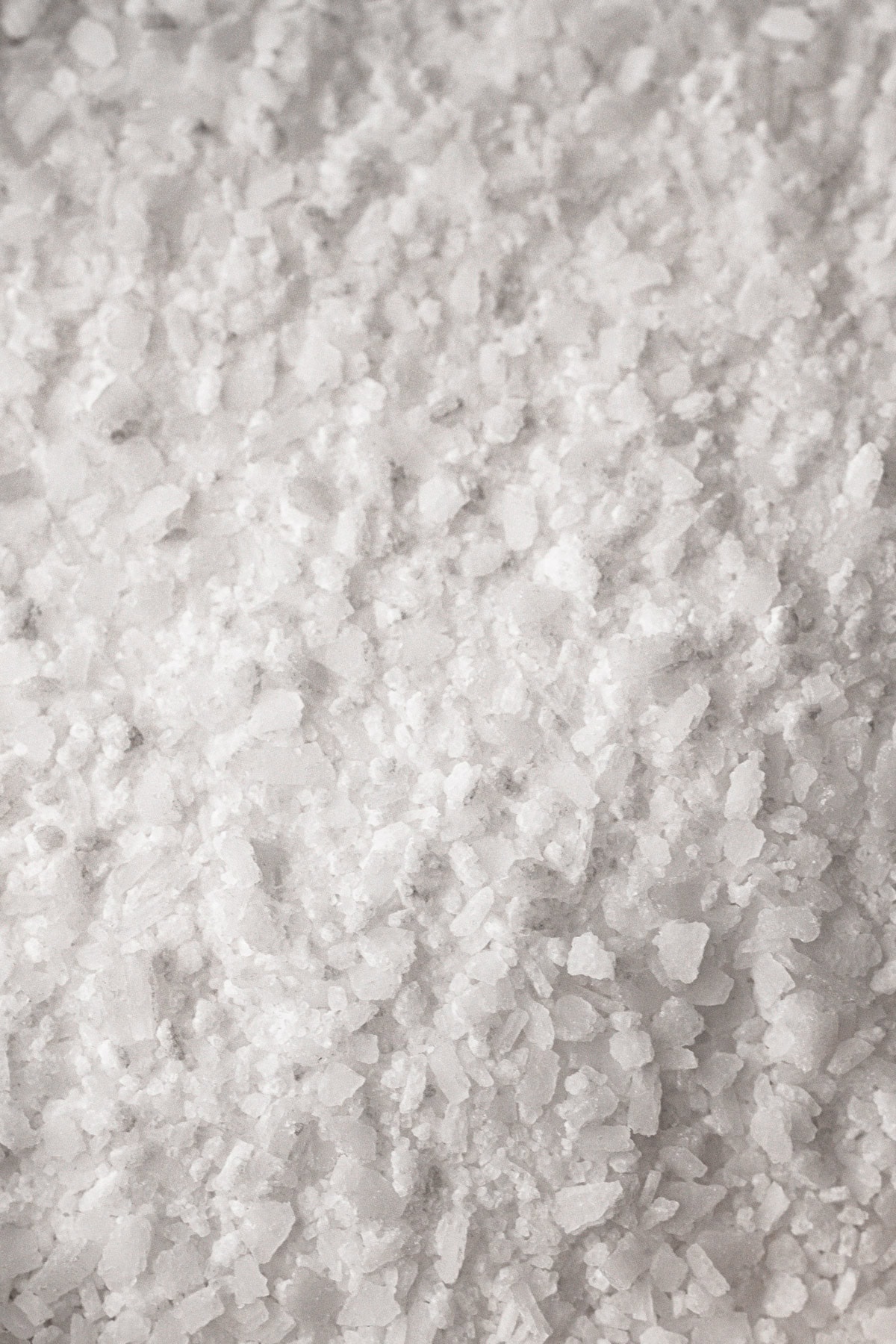
How the Shape of Salt Affects Its Salinity
The difference in density between fine sea salt and coarse kosher salt becomes apparent when it’s measured by volume, such as in teaspoons or tablespoons. Fine salt, with its regular, smaller crystal shape, allows for a greater amount per volume compared to larger, flakier coarse salt, giving it more salinity or more intense saltiness. Consequently, a teaspoon of fine salt will have a greater bulk mass than a teaspoon of coarse salt because more of it can fit tightly into the given space.
That means if a recipe was developed using coarse kosher salt, which has a light bulk density, and a home cook substitutes it with fine table salt, the finished dish might end up being oversalted. Conversely, if the salts were swapped, the dish would likely be undersalted.
However, if a recipe calls for salt by weight rather than volume, you can use any type. For example, if the recipe calls for 5 grams of salt and the recipe developer uses table salt while the home cook opts for coarse kosher salt, as long as the salt is measured by weight on a scale, there will be no variation in salinity. A gram of salt remains a gram of salt regardless of the type or brand used.
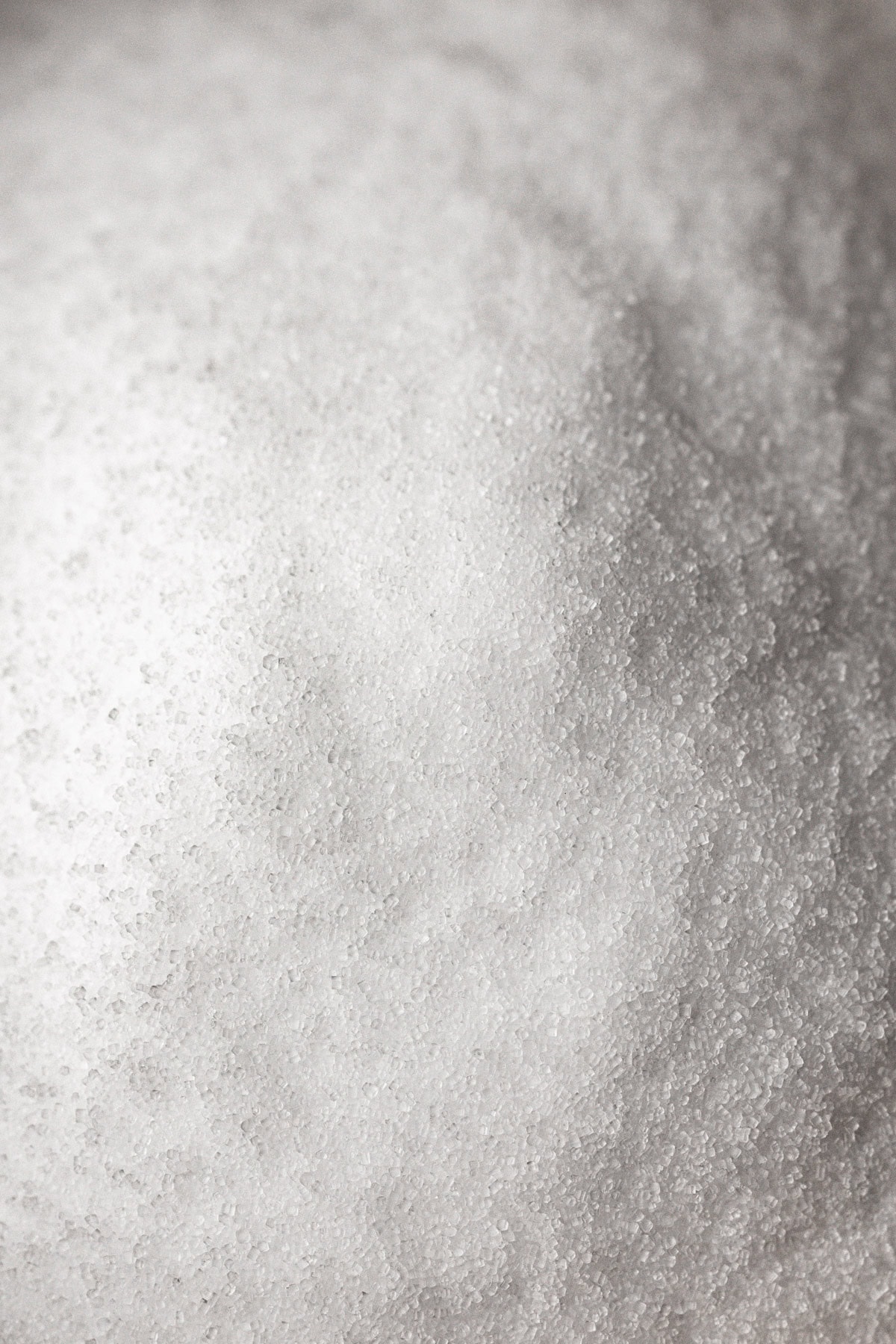
How to Adjust the Amount of Salt Depending on Brand
Now that you're aware of how different types of salt can affect salt levels, you might wonder which type of salt is best for various cooking needs. Truthfully, for most recipes—whether savory or sweet—if you're adding less than ½ teaspoon of salt, the specific type or brand you use won't significantly impact the dish's outcome. However, understanding where your chosen salt falls on the scale of salinity density can be helpful.
Here's a handy chart for reference:
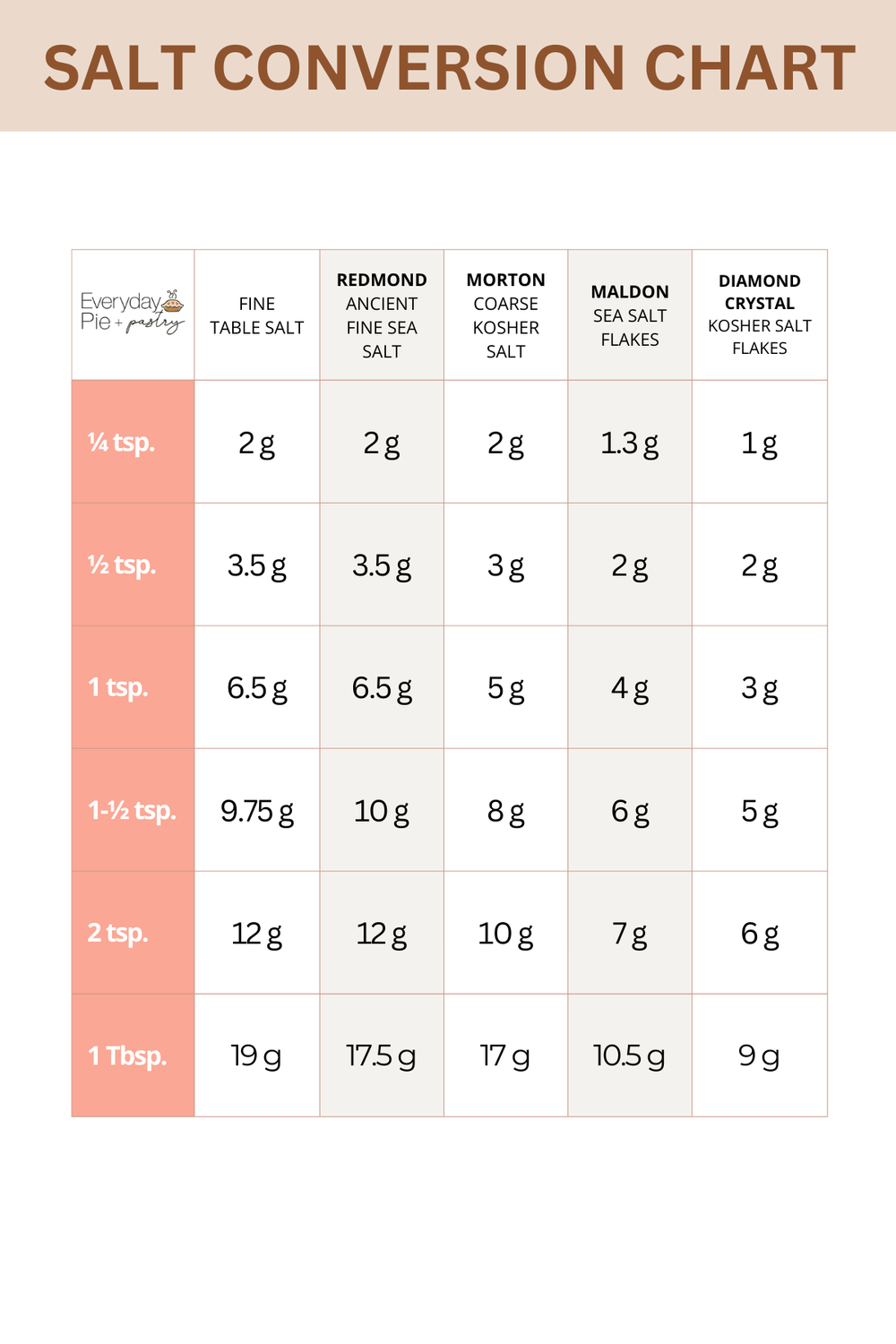
On this website, while I didn’t always do this, I now make it a point to list the type of salt I used when I developed a recipe. Personally, I use Diamond Crystal kosher salt at home. This has been my brand since I was cooking on the line in restaurants because it’s basically the industry standard. And once you become accustomed to the "pinch" of a particular salt brand, switching can affect your ability to season your food properly. Therefore, my advice is to stick with one brand of salt to ensure consistent seasoning. If a recipe specifies the type of salt the developer used, it indicates attention to detail, reducing variables for the home cook when following the recipe.
But let's face it, most recipes don't specify the type of salt to use. Just remember that if you use fine salt or table salt, you may need slightly less than what the recipe calls for. On the other hand, if you opt for a coarse kosher salt, especially Diamond Crystal, you might need a bit more than the recipe suggests. Morton’s coarse kosher salt offers a good middle ground between these two extremes and was a brand I relied on before my restaurant days.
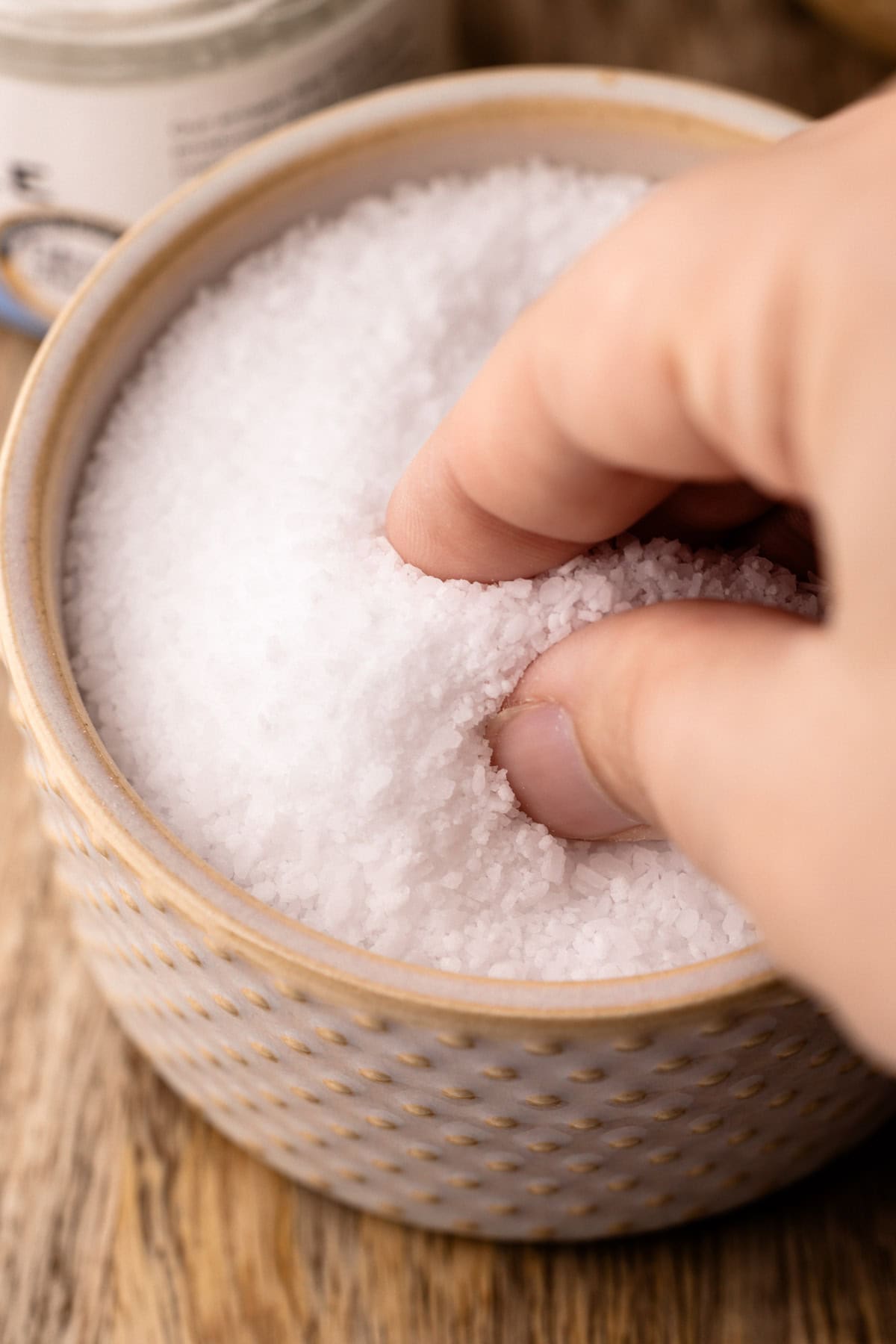
More Kitchen Tutorials
Some of the links on this page may be affiliate links. Everyday Pie is a participant in the Amazon Associates Program. As an Amazon Associate I earn from qualifying purchases, at no extra cost to you.


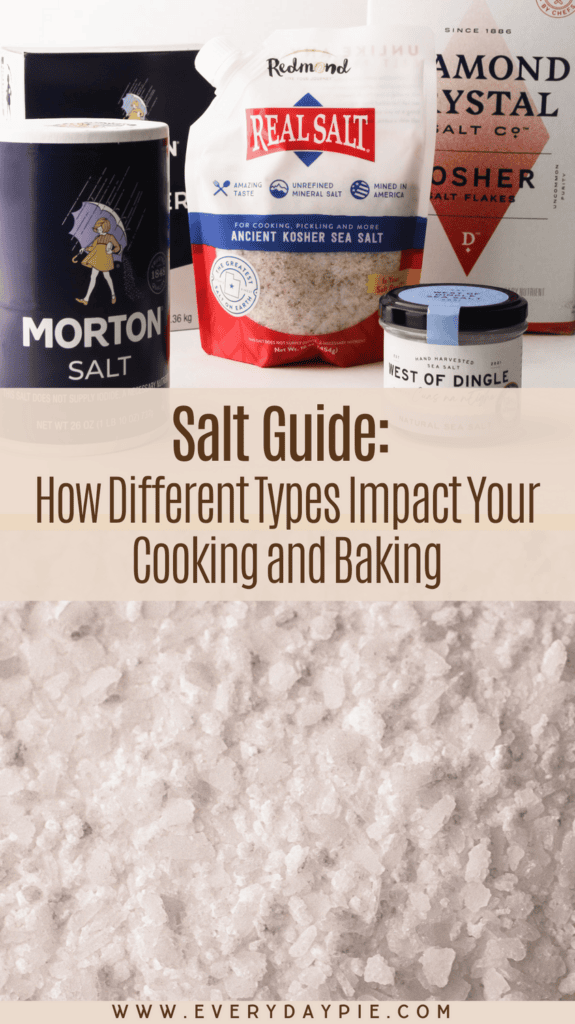
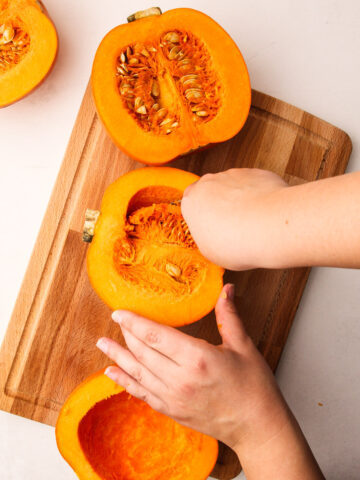
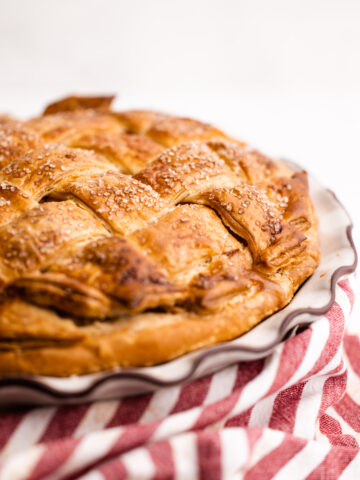

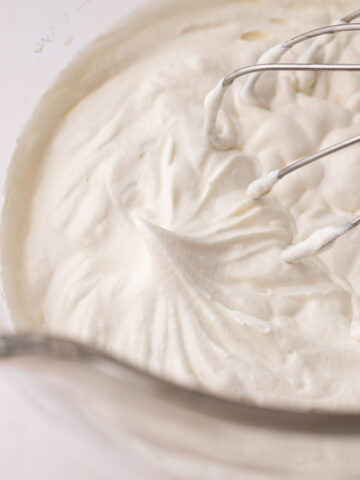
Brandy Jones
This is really helpful! I always have fine sea salt and kosher on hand, but I love a recipe that says specifically which to use.